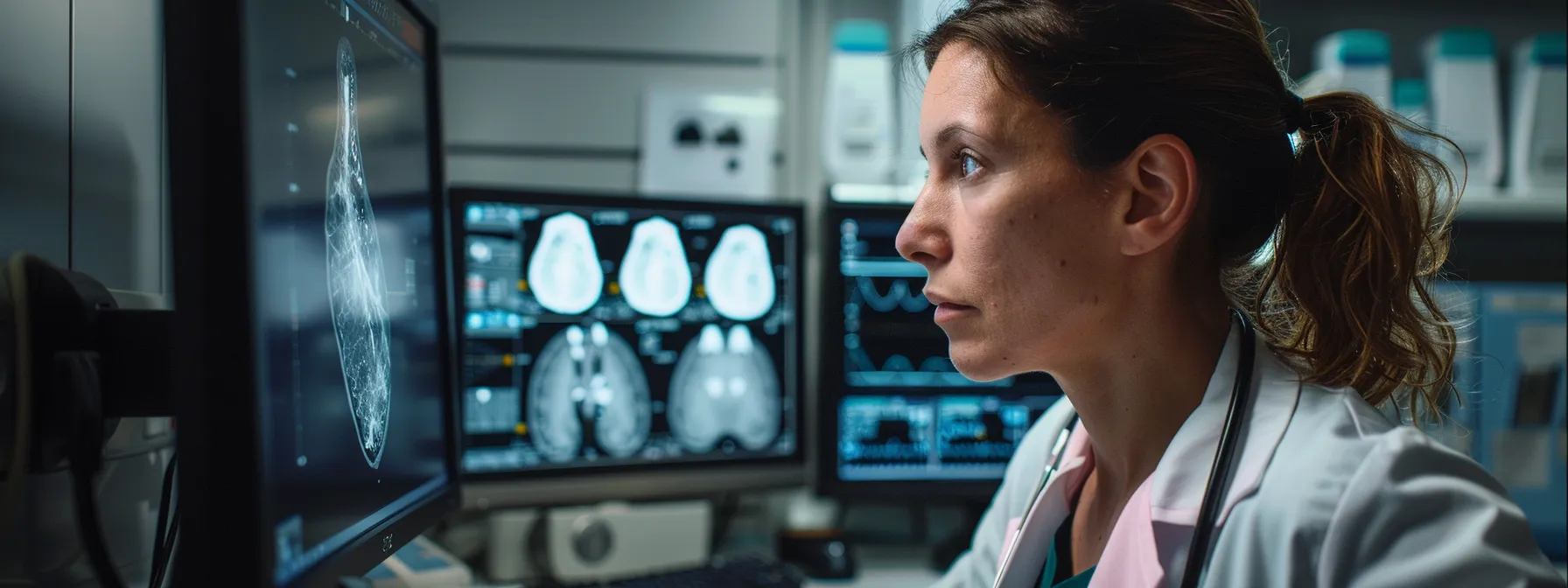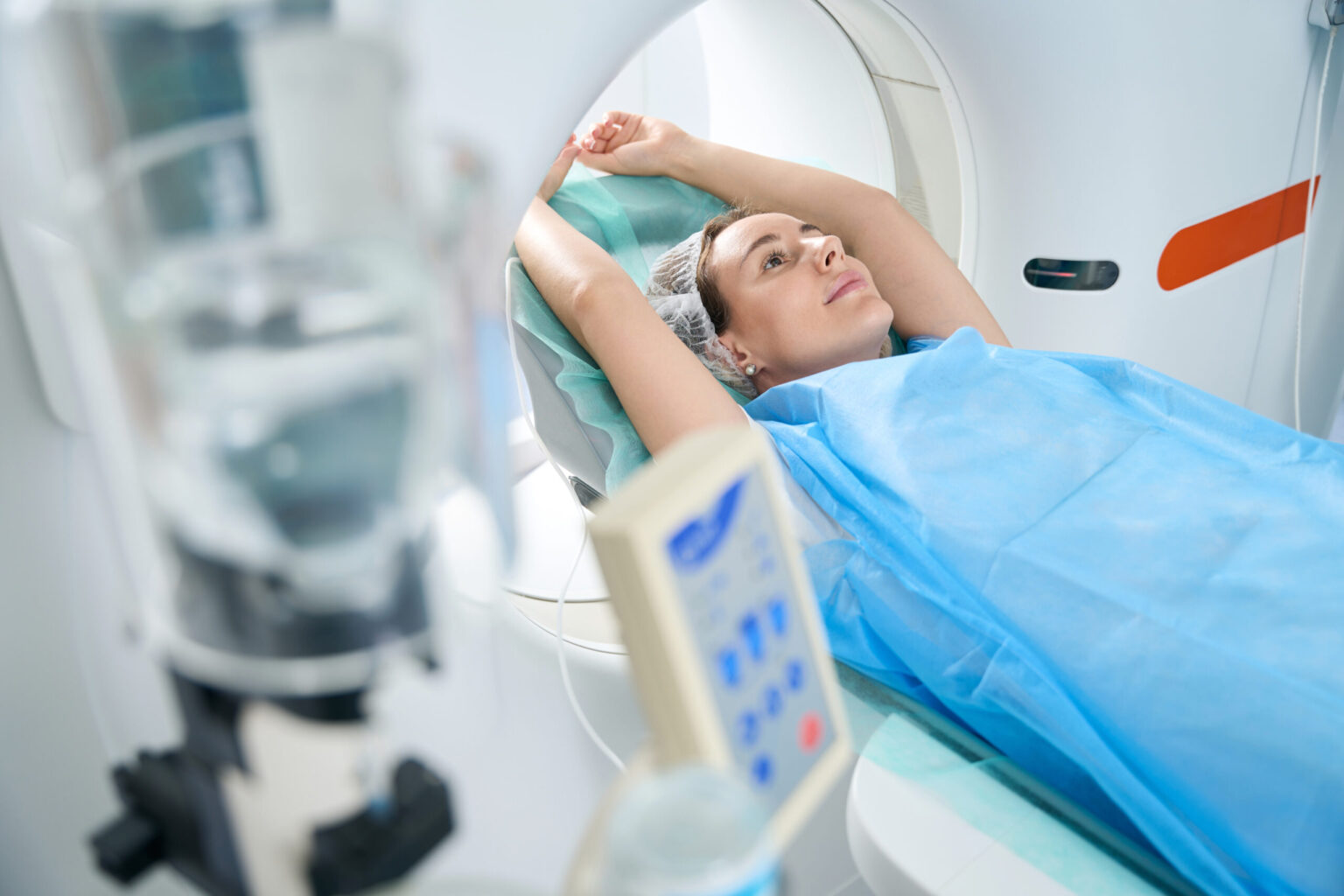The Importance of Clinical Breast Imaging
Advances in medical technology have significantly improved the detection and treatment of breast cancer. Clinical breast imaging is at the forefront of these advances, playing a vital role in the early detection, diagnosis, and monitoring of the disease. With various imaging technologies available, understanding their uses and benefits is crucial for effective patient care. Breast imaging can be the difference between early intervention and delayed treatment. Below, we delve into the significance of this field and explore how it impacts lives.
Understanding Clinical Breast Imaging and Its Significance

At the core of clinical breast imaging is the goal of identifying breast abnormalities as early as possible. This discipline utilizes different modalities, such as mammography, ultrasound, and magnetic resonance imaging (MRI), to provide detailed pictures of breast tissue. Each type of imaging serves a unique purpose, with some being more suitable for certain situations or breast types than others. The choice of imaging technique may depend on factors including a patient’s age, medical history, and breast density.
The importance of clinical breast imaging cannot be overstated when it comes to patient health outcomes. Mammograms, for instance, can detect tumors that are too small to be felt, allowing for earlier diagnosis and treatment. Similarly, ultrasounds can help differentiate between solid masses and fluid-filled cysts, providing crucial information for further medical decision-making. Breast MRIs offer even more detailed images, particularly useful in high-risk patients and those with dense breast tissue.
Accessibility to quality breast imaging is an ongoing concern globally, with disparities in availability affecting early detection rates. To this end, medical facilities strive to provide a comprehensive suite of clinical breast imaging, ensuring that all patients receive the diagnostic care they need. Healthcare systems need to invest in such services, training, and equipment to maintain high standards of breast health care.
The Evolution of Breast Imaging Techniques: From X-Rays to Mris
The journey of breast imaging technology reflects a constant pursuit of improvement and precision. The history of breast imaging began with the use of simple X-rays, which evolved into dedicated mammography that increased the clarity and usefulness of breast images. Since then, technological advancements have led to the development of 3D mammography, or digital breast tomosynthesis, which offers comprehensive views of breast tissue layer by layer.
Ultrasound technology, initially utilized for diagnostic purposes following an abnormal mammogram, has now gained prominence as a supplemental screening tool, especially for women with dense breasts. It presents a non-radiation method of examining breast tissue, which can be particularly important for certain patient groups. Moreover, ultrasounds can guide biopsies and track tumor changes over time.
Navigating the Challenges and Misconceptions of Breast Imaging

Despite breakthroughs in breast imaging, the field faces its own set of challenges and misconceptions. One such challenge is the balance between maximizing detection rates and minimizing false positives, which can lead to unnecessary anxiety and further testing for patients. Radiologists continually strive to improve the accuracy and interpretation of breast images, reducing the instances of misdiagnosis.
Another concern is the risk of overdiagnosis and overtreatment, which emerges from detecting and treating cancers that may never have caused harm in a patient’s lifetime. This complex issue often fuels debates in the medical community, influencing guidelines and recommendations for breast cancer screenings.
Future Directions in Clinical Breast Imaging Technology and Practices
The future of clinical breast imaging looks promising, driven by innovations aimed at enhancing precision and patient comfort. Artificial intelligence and machine learning offer exciting potentials for improving image analysis, potentially reducing human error, and assisting radiologists in identifying subtle signs of breast cancer. These tools are already being integrated into clinical practice, revolutionizing how imaging data is interpreted.
The development of more sophisticated imaging agents and contrast materials may enhance the capability of imaging technologies even further. These agents could make it possible to visualize tumors with even greater accuracy and may even help in distinguishing between benign and malignant tissue without the need for a biopsy.
Altogether, the role of clinical breast imaging in the early detection and treatment of breast cancer cannot be overstated. By staying abreast of technological advancements and addressing the challenges head-on, the medical community continues to safeguard the health and welfare of patients globally.



